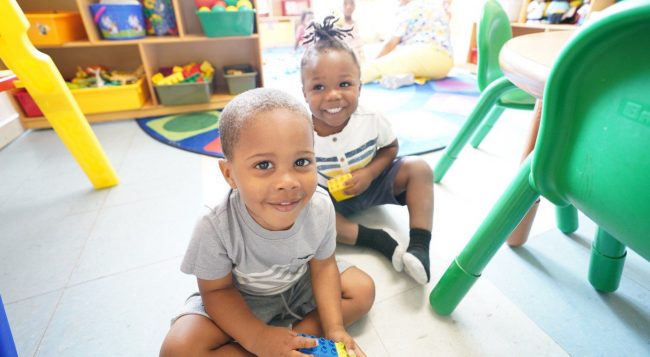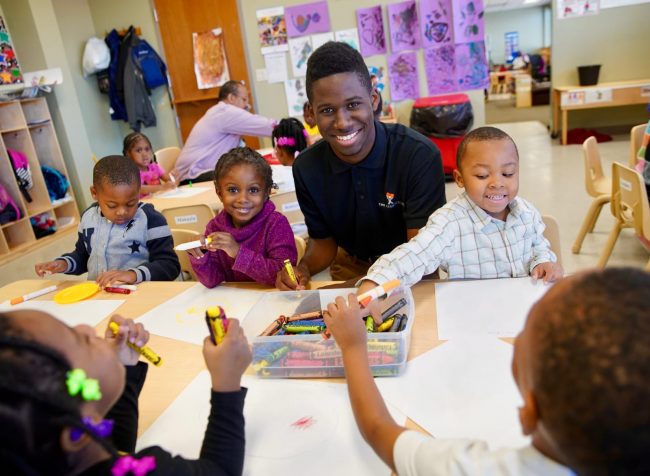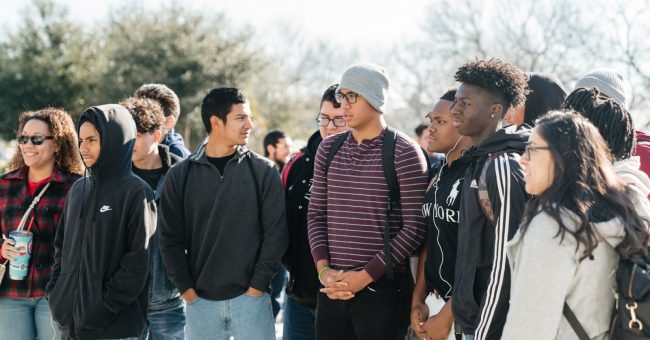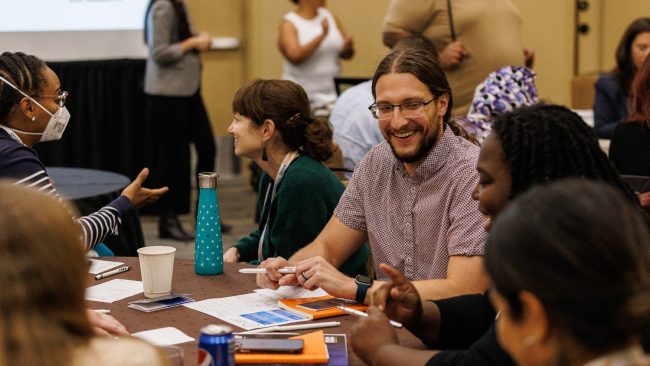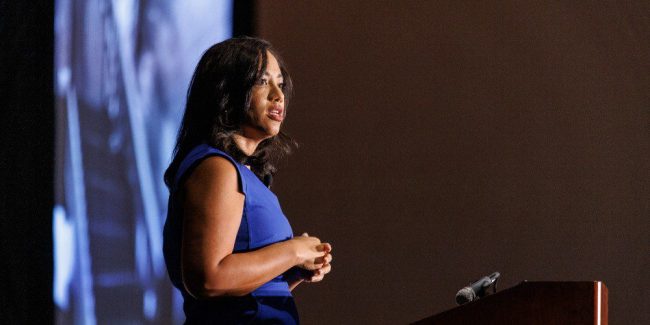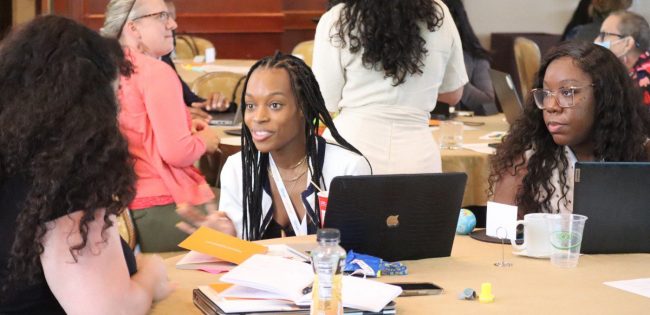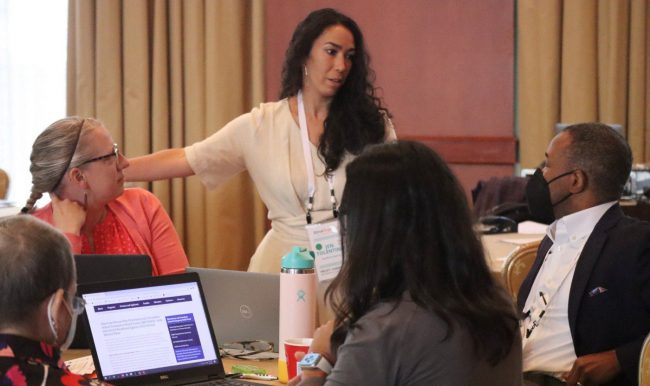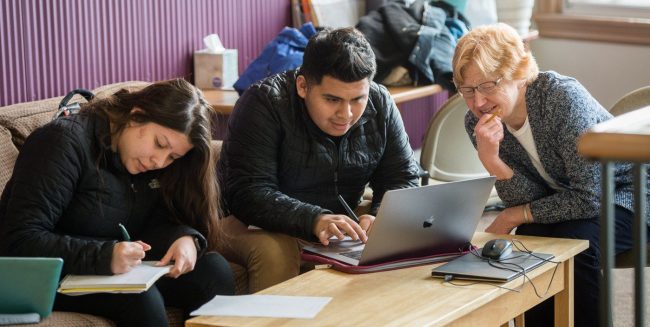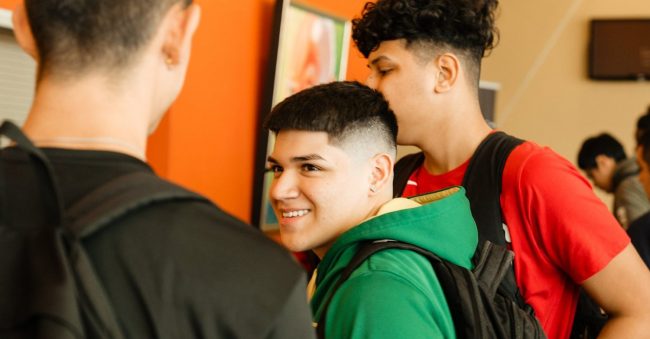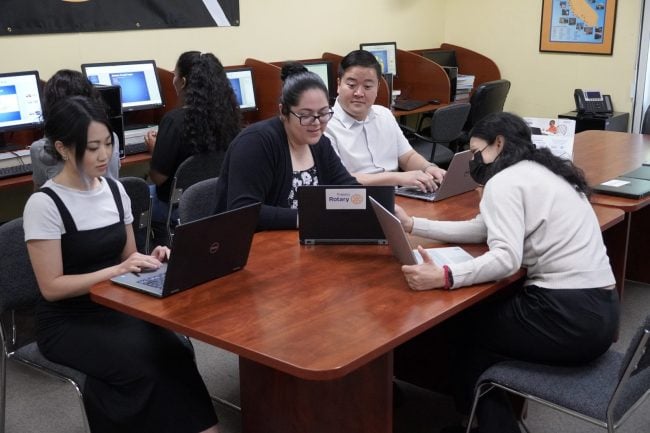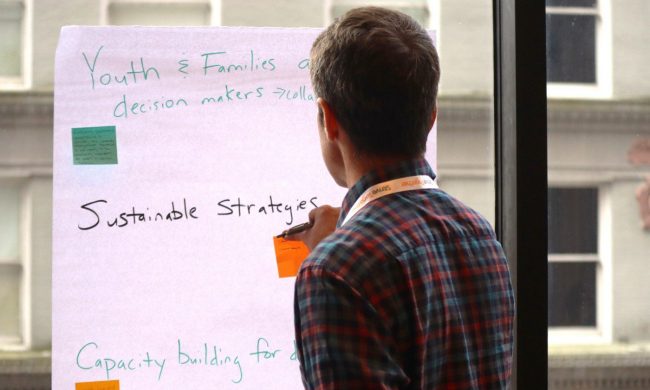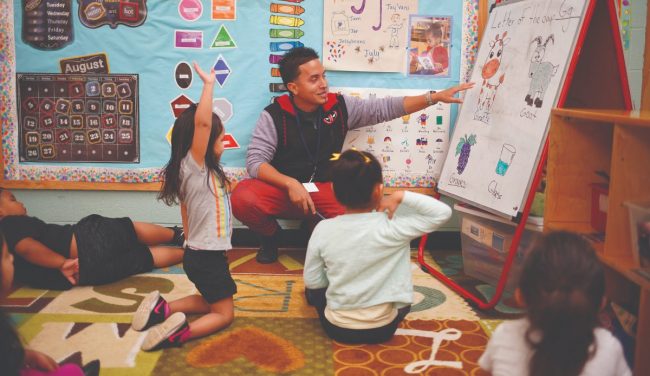Infrastructure holds communities together: roads, bridges, an electricity grid. But what about the connections that we can’t see? Relationships, collaboration, goal setting and data sharing are part of a community’s infrastructure, too. These pieces are called civic infrastructure.
Civic infrastructure is sometimes called human infrastructure, social infrastructure or people infrastructure. It joins leaders from across a community — from education, business, health care, housing, philanthropy and more — to work collaboratively, using data, to improve outcomes for children and families. With a strong civic infrastructure in place, communities can change systems by shifting practices, policies, resources and power structures.
Infrastructure holds communities together: roads, bridges, an electricity grid. But what about the connections that we can’t see? Relationships, collaboration, goal setting and data sharing are part of a community’s infrastructure, too. These pieces are called civic infrastructure.
Civic infrastructure is sometimes called human infrastructure, social infrastructure or people infrastructure. It joins leaders from across a community — from education, business, health care, housing, philanthropy and more — to work collaboratively, using data, to improve outcomes for children and families. With a strong civic infrastructure in place, communities can change systems by shifting practices, policies, resources and power structures.
When we talk about economic mobility, the conversation often ends up focused on income quintiles measured via longitudinal studies. But what does economic mobility really mean, and why does it matter? At the end of the day, communities in the StriveTogether Cradle to Career Network are working to support kids to achieve their own definitions…
At StriveTogether, we’re building civic infrastructure to support every child from cradle to career. That sounds great, but what does it really mean? Infrastructure holds communities together: roads, bridges, an electricity grid. But there are some connections we can’t see. Relationships, collaboration, goal setting and data sharing are part of infrastructure, too. These pieces are…
Communities across the country are building civic infrastructure to get better, more equitable results for kids. Like physical infrastructure, civic infrastructure connects key elements of a community, including people, ideas and resources. It focuses on outcomes rather than programs and uses data to improve. At StriveTogether, we’ve learned a lot about building effective civic infrastructure…
The StriveTogether Cradle to Career Network reaches nearly one in seven young people aged 0–24 in this country. To put those young people on a path to economic mobility, network member communities are building what’s called civic infrastructure. Like physical infrastructure — roads, bridges, electrical grids — civic infrastructure creates the connections a community needs…
At the 2022 Cradle to Career Network Convening last month, we gathered with changemakers, community leaders, youth, experts, government leaders and more to explore how we can unite around our shared vision and get to transformational change for kids across the country. The StriveTogether Cradle to Career Network already reaches one in seven young people…
In an ideal community, resources would flow to support kids. Public and private funders would invest in what’s working to get better and more equitable outcomes. Instead of competing for dollars, organizations could work together to make sure that each has what they need to fulfill their mission and contribute to the community’s shared vision.…
Just as building materials are the core of physical infrastructure, trusting relationships are at the heart of civic infrastructure. Like the roads and bridges of physical infrastructure, civic infrastructure holds a community together and allows it to grow and thrive. Unlike physical infrastructure, though, civic infrastructure is the connections and structures that we can’t see…
“So, what do you do?” We’ve all heard this question. Sometimes, our answers are met with nods of recognition; other times, helping someone understand our role requires more explanation. People working to develop their community’s civic infrastructure might need to share a lot of extra explanation. Civic infrastructure isn’t something we can see or touch.…
Collaboration happens every day. From playgrounds and classrooms to workplaces and boardrooms, collaboration enables people to achieve shared goals. But collaboration alone won’t transform the systems that are failing youth and families of color and youth and families experiencing poverty. To create lasting change so that communities can thrive, we need to move beyond collaboration…
Communities across the country are grappling with the widening educational equity gap exacerbated by the COVID-19 pandemic. Black students, Latine students and students experiencing poverty have been most impacted by inequities in access to the internet and devices needed to continue learning. Research shows that middle and high school students with high-speed internet access at…
Policy is a powerful lever of change. We know that systems were not designed to support the success of Black, Indigenous, Latine and Asian youth and families or youth and families experiencing poverty. When we change policies, we change systems. When we change systems, we open pathways for communities to thrive. Having the right civic…
Infrastructure holds communities together: roads, bridges, an electricity grid. But what about the connections that we can’t see? Relationships, collaboration, goal setting and data sharing are part of a community’s infrastructure, too. These pieces are called civic infrastructure. Civic infrastructure joins leaders from across a community — from education, business, health care, housing, philanthropy and…

